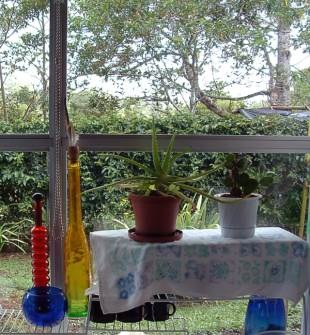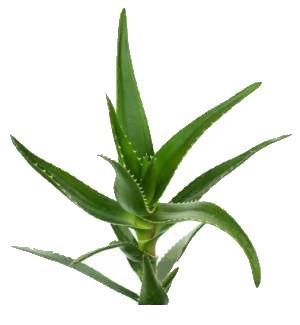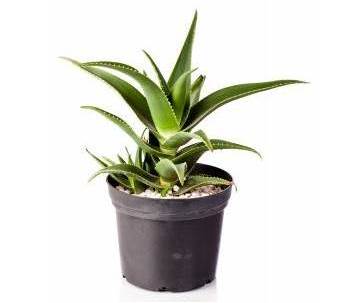





Medicinal and health benefits: Aloe is available in juice for drinking (tastes good), skin care, coolant for sunburn and is also used for other purposes.
There seems to be no satisfactory evidence of the benefits or safety of consuming or using A.vera products.
I would say it seems possible aloe offers health benefits from drinking because it is a natural plant which is where we usually get most of the goodness from in our foods and other products for health (that's only my thought’s though and not evidence). I love the drink but the coolant I used for sun burn did not work and felt very uncomfortable and sticky. Other products have worked much better when I have had sun burn.
Growing and care: For the indoor grower taking care of the A. Vera....it's an easy task (see care instructions below). These are slow growers and need your patience.
Flowers: Be aware that Aloes are not in any rush to bloom flowers (yellow in color on stems) for you, and it could take up to 3-4 years for one to mature, then flower. Also, keep in mind - they flower when they're kept outdoors mainly or have enough sunlight indoors. It is easy to assume that some do and some don't, based on the type and conditions (sunlight) they are given.
Note: There are many aloe species available for growing outdoors in warmer climates. I have stuck to advice here about the most popular indoor plant grown.



See the article about
propagating an Aloe Vera here »
Dry brown leaf spots: A possible cause can be too much sun light and maybe under-watering during summer. If the plant sits in direct sunlight then find an area that is shaded, but bright enough.
Leaves wilting: The most common cause here is over-watering, possibly in colder conditions. It may also be worth checking the container/pot is draining well enough.
Leaves very soft: If the leaves are turning very soft and kind of mushy you could be over watering the plant and if its winter it could be too cold. Check the pot is draining well and you may need to take the plant out of the pot to check if the root system has any type of rot (mush). After you have given the A.vera enough time without water and the leaves have not toughened, do check the roots for any signs of rot.
Copyright © www.100flowers.win Botanic Garden All Rights Reserved